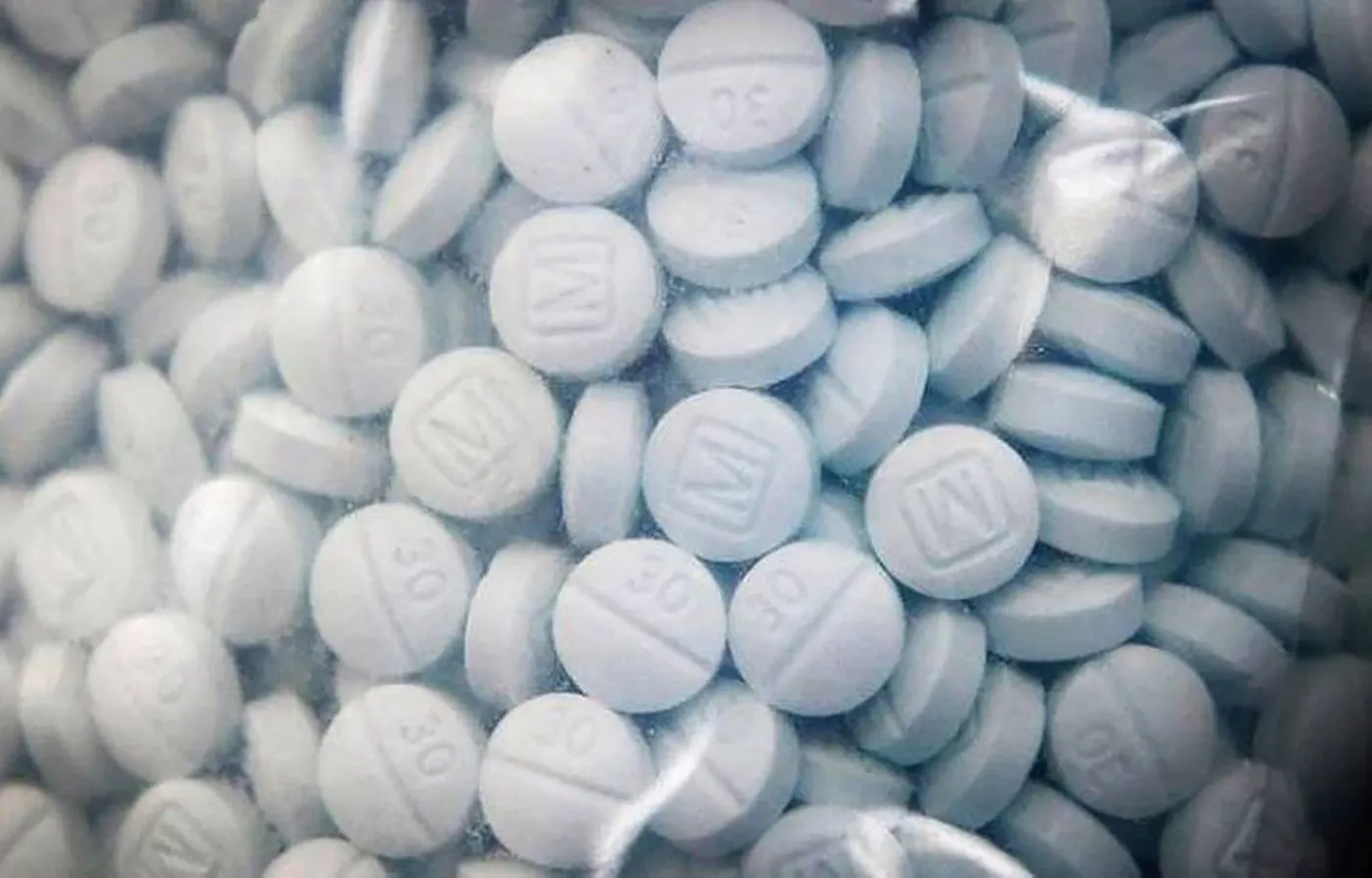
Author: Vaishnavi Moturi
We are just now emerging battered and bruised from a global pandemic, only to be thrust into the limelight of another harrowing public health crisis that has swiftly upended communities, families, and individuals throughout our nation. This time, however, the culprit is not an airborne particle or a spiky virus but rather a deceptively harmless white powder — otherwise known as Fentanyl — whose combined lethality and ubiquity have left devastation in its wake, while Generation Z has become one of the hardest hit in the latest wave of casualties.
Amidst the bustling school hallways, I notice conspicuous posters warning of Fentanyl's danger, and later, watching the news, I inevitably face with dismay, stories of bright teens whose lives were cut short by this lethal poisoning. Reports like these are the consequence of the surge of pills laced with fentanyl, a highly-regulated drug meant to treat severe pain, in American middle and high schools.
According to a Times editorial by Maia Szalavitz, although opioid usage amongst teens has decreased, the number of teen “opioid fatalities have doubled in recent years”. Thus, no longer are victims of overdoses solely typified by track markings etched throughout forearms, but now include unassuming adolescents and teenagers poisoned with this opioid often disguised in the form of innocuous pills — like Percocet and Xanax, purported to alleviate anxiety.
Teenagers in particular are uniquely positioned to be victims as over 41 percent of teens reported constantly using Instagram, Snapchat, and TikTok — hours often spent interacting with strangers who, under the shroud of anonymity, can portray themselves as anyone. Relying on the inherent wide reach of these platforms, dealers (often ignorant of what is in the drugs they sell) increasingly fuel messages through social media and employ marketing gimmicks to ensnare unsuspecting individuals — choosing profits over lives. Worse, our false senses of security on social media blind us from the dangers of interacting with strangers; I routinely hear teens joking about “friending” strangers or taking drug rumors lightly.
Although peer pressure subjects teenagers today to increasingly higher standards — perpetuated by unrealistic norms on social media — purchases of illicit substances are now more dangerous than ever because today, an alarming 60% percent of pills laced with Fentanyl contain fatal doses.
Currently, seeing as social media platforms cannot predict drug trafficking, it falls upon Gen Z to be wary as fatalities continue to soar unheeded. Next time you encounter a stranger, or even someone you know, proffering a drug with attractive promises, report them to prevent the spread of misinformation or worse. Heightened caution is no longer a precaution but a necessity.